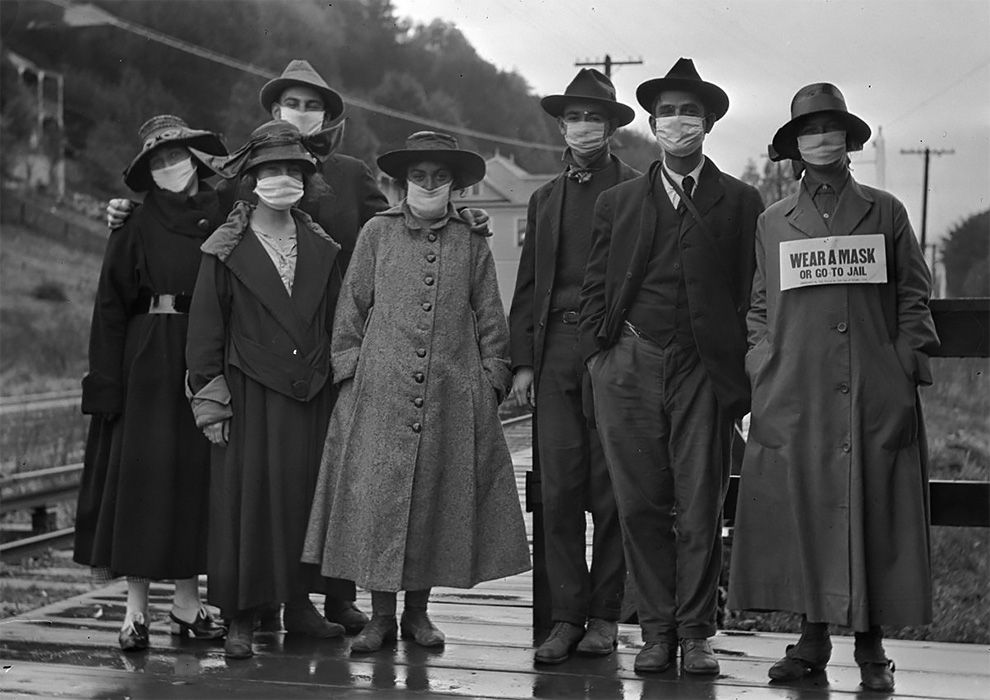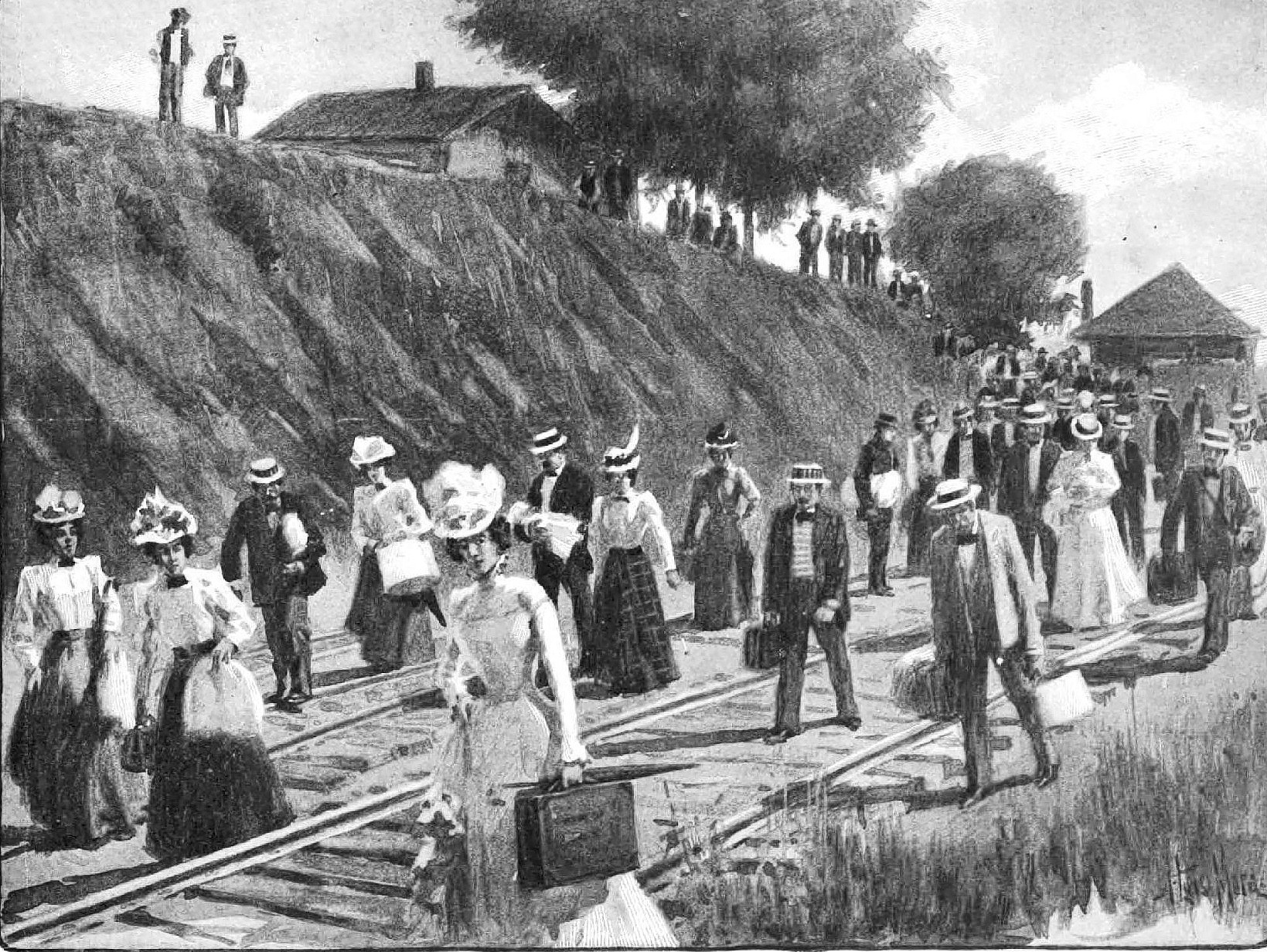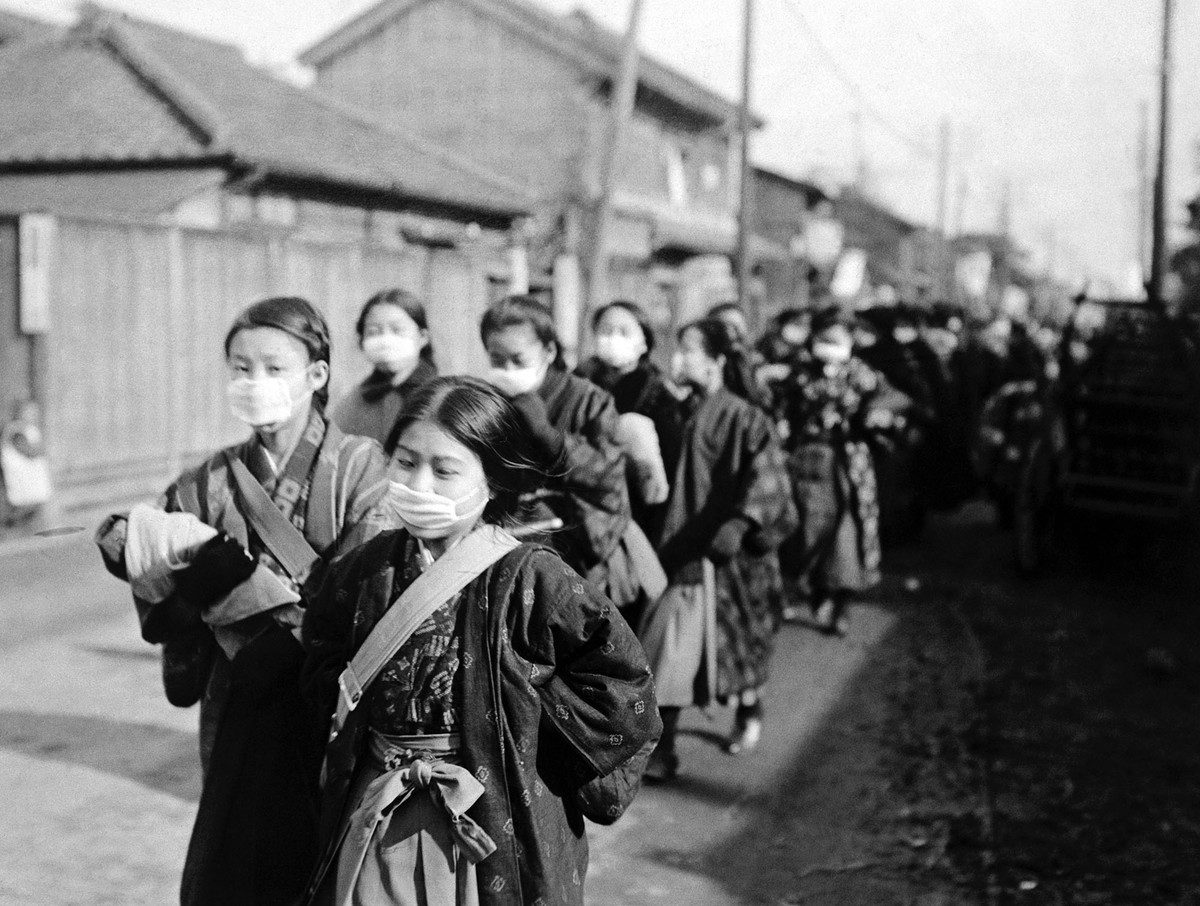Pandemics have played a role in shaping human history throughout the ages. As human civilization spread across the globe — bringing with it bigger cities, new trade routes and more mingling between different groups of people and animals — so did the likelihood of widespread disease outbreaks.
Cholera Pandemic – Third Outbreak (1852–1860)
Generally considered the most deadly of the seven cholera pandemics, the third major outbreak of Cholera in the 19th century lasted from 1852 to 1860. Like the first and second pandemics, the Third Cholera Pandemic originated in India, spreading from the Ganges River Delta before tearing through Asia, Europe, North America and Africa and ending the lives of over amillion people. British physician John Snow, while working in a poor area of London, tracked cases of cholera and eventually succeeded in identifying contaminated water as the means of transmission for the disease. Unfortunately the same year as his discovery (1854) went down as the worst year of the pandemic, in which 23,000 people died in Great Britain.

COVID-19
The new coronavirus (Covid-19) has spread to nearly every country in the world since it first emerged in China at the beginning of 2020. More than 4.8 million people are known to be infected and more than 319,000 deaths have been recorded.
With the coronavirus pandemic, people all over the world have become more aware of the best practices during a pandemic, from careful hand-washing to social distancing. Countries across the world declared mandatory staty-at-home measures, followed by closing schools, businesses, and public places. The outcome of the Covid-19 pandemic is impossible to predict, at the time of this writing. But we can learn from pandemics in history to determine our best courses.

Asian Flu (1957 – 1958)
Asian Flu was a pandemic outbreak of Influenza A of the H2N2 subtype, that originated in China in 1956 and lasted until 1958. In its two-year spree, Asian Flu traveled from the Chinese province of Guizhou to Singapore, Hong Kong, and the United States. Estimates for the death toll of the Asian Flu vary depending on the source, but the World Health Organization places the final tally at approximately 2 milliondeaths, 69,800 of those in the US alone.
.jpg/1280px-Asian_flu_in_Sweden_1957_(2).jpg)
Spanish Flu (1918 – 1919)
Between 1918 and 19190 a disturbingly deadly outbreak of influenza tore across the globe, infecting over a third of the world’s population and ending the lives of 50 million people. Of the 500 million people infected in the 1918 pandemic, the mortality rate was estimated at 10% to 20%, with up to 25 million deaths in the first 25 weeks alone. Both Russian flu and the Spanish flu pandemic of were caused by influenza viruses wouldn’t be definitively determined until 1933.

Yellow Fever (1800s)
In the 1700s and 1800s, yellow fever killed more than 100,000 Americans from New Orleans to Boston. The last epidemic in this country ended in 1905, but yellow fever continues to be a scourge of tropical South America and Sub-Saharan Africa. According to the World Health Organization (WHO), there are roughly 200 new cases of yellow fever each year, resulting in 30,000 deaths. However, few cases are ever positively identified, so the true toll could be even higher.

Russian Flu (1889 – 1890)
The 1889–1890 flu pandemic, better known as the “Asiatic flu” or “Russian flu”, was a deadly influenza pandemic that killed about 1 million people worldwide. It was the last great pandemic of the 19th century.

Swine Flu (2009 – 2010)
Between the spring of 2009 and the spring of 2010, the virus infected as many as 1.4 billion people across the globe and killed between 151,700 and 575,400 people, according to the Centers for Disease Protection and Control.

